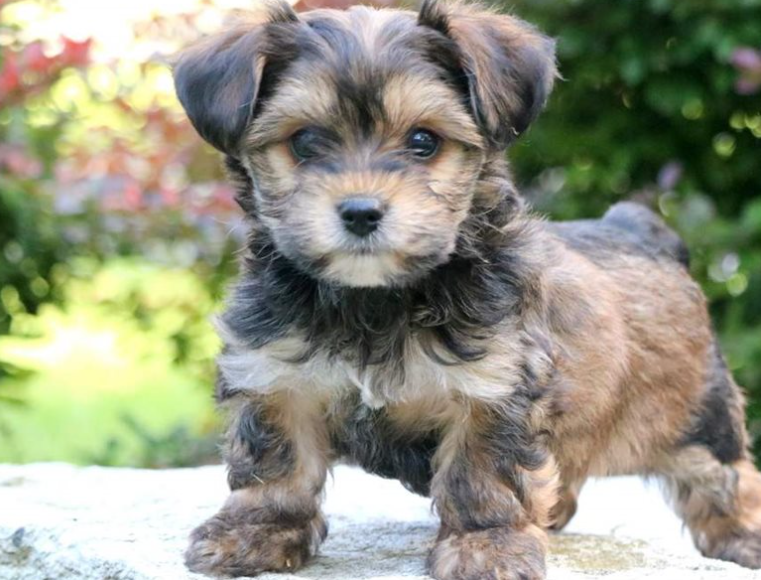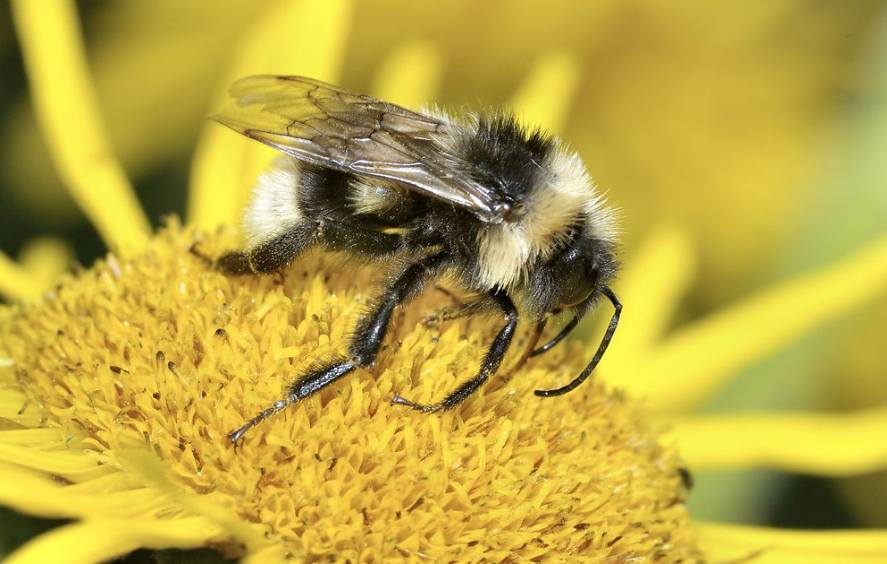
Introduction of Black-Capped Chickadee bird
The Black-Capped Chickadee is a common little bird species in North America. Its greyish-brown back and light cheeks contrast sharply with its distinctive black helmet and bib. The bird’s length is around 11–14 cm, and its wingspan is approximately 16–21 cm. The captivating and endearing black-capped chickadee is a delight to both nature lovers and birdwatchers. This little songbird is rather admirable, from its unusual look to its intriguing behaviour and vocalisations.
Information on the Black-Capped Chickadee’s preferred habitats
Owing to their remarkable versatility, these birds may be found in a variety of settings, including woodlands, suburban areas, and forests with both deciduous and coniferous trees. They are well known for their daring antics and are often seen hanging upside down from trees to collect food—seeds and insects. Black-capped chickadees are also known to cache food, keeping it under bark or in tree fissures for future consumption.
Black-Capped Chickadee’s unique vocalizations
One fascinating feature of Black-Capped Chickadees is their ability to communicate with one another via a range of vocalisations. They communicate and warn one another of approaching danger by making their distinctive “chick-a-dee-dee-dee” scream. These birds, which often soar near humans in search of food, are also well known for their boldness and curiosity. Taking everything into account, the Black-Capped Chickadee is a remarkable bird species that exhibits intelligence, flexibility, and social behaviour.

Fascinating facts about black-capped chickadee bird
Native to North America, the black-capped chickadee is a tiny songbird. It is a favourite among birdwatchers because of its highly identifiable black hat and white cheeks. We’ll look at some amazing facts about the black-capped chickadee below:
Black-capped chickadee habitat and distribution
There are many different types of environments where the black-capped chickadee may be found, such as suburban areas with trees and deciduous and mixed woods. They are mostly found in North America, which includes the northern United States, Alaska, and Canada. These birds, which may be found in both urban and rural settings, are well-known for their capacity to adapt to various situations.
Black-Capped Chickadee’s body and appearance
The black-capped chickadee is approximately 5 to 6 inches long, making it a tiny bird. Its body is fat, its wings are short, and its tail is lengthy. This bird is most easily recognised by its black bib and hat, which stand out against its white cheeks. Its underparts are white, while its back is grey. These birds are renowned for being gregarious and inquisitive. They often bounce from branch to branch when foraging in trees and bushes in search of fruit, seeds, and insects. It is also known that black-capped chickadees store food, keeping it beneath bark or in tree cracks for future use.
Chick-a-dee-dee-dee” call of black-capped chickadees
The vocalisations of black-capped chickadees are diverse, and they are very talkative birds. Their name is derived from their most famous cry, which is a peculiar “chick-a-dee-dee-dee” sound. They use this sound to alert other birds to potential danger, as well as for communication within their flock. Black-capped chickadees exhibit a variety of vocalisations, including songs and contact calls, in addition to their well-known call. During the mating season, they frequently sing, using it as a means of luring partners and marking territory. These intricate tunes include a variety of whistles, trills, and buzzes.
Black-Capped Chickadee’s breeding season
Long-lasting pair connections are formed by monogamous black-capped chickadees. Once a year, on average, they breed, with the female creating a nest in a bird box or tree hole. The nest is lined with softer materials and composed of grass, moss, fur, and feathers. The female lays a clutch of six to eight eggs, which she spends around a week and a half incubating. When the eggs hatch, both parents alternate between laying eggs and providing food for the young. After sixteen or seventeen days, the chicks fledge and remain with their parents for a few more weeks until they are able to live on their own.

Black-Capped Chickadee’s adaptations for surviving harsh winters,
To save energy, black-capped chickadees may drop their body temperature on chilly winter nights and reach a condition called controlled hypothermia. These birds have remarkable recall abilities; they can locate thousands of food caches by memory. For safety and feeding, black-capped chickadees have been seen to join mixed-species flocks alongside woodpeckers and nuthatches. Black-capped chickadees, despite their small size, exhibit fearlessness and have been documented as intimidating and driving away bigger avian predators like owls and hawks. Black-capped chickadees may live anywhere from three to seven years; however, some have been known to live up to twelve.


